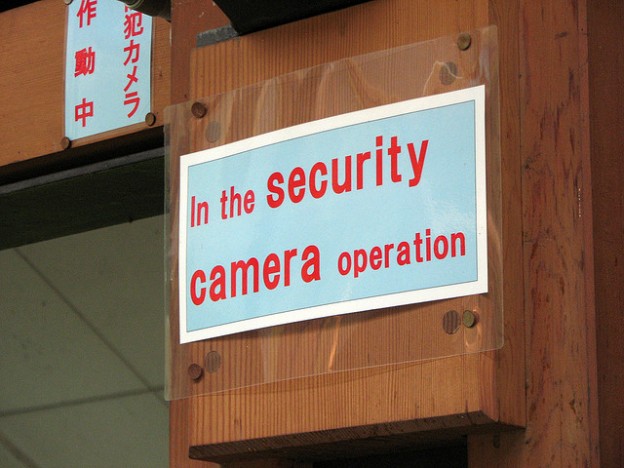Grammar can be confusing. All the more so when you throw in the jargon that only English professors and editors of high stature understand (What do you mean, it’s an irregular verb? Looks pretty normal to me.).
Let’s consider some fundamentals that many business writers have trouble with.
Question marks:
Here’s a good rule of thumb: If you write a question, end it with a question mark. If you don’t write a question, don’t end it with a question mark.
Sound overly simple? Consider the following common errors:
- Can you let me know.
- I think this job is demanding but I’m not sure?
- How much are you asking for your equipment??????????????????????
Okay, the last one’s not actually an error—it’s just silly. One question mark is sufficient for every business situation.
Exclamation points:
Normally, these should be avoided in business writing. However, sometimes it is acceptable to use one:
Remember your safety equipment!
However, always avoid using exclamation marks like this:
Here’s the third quarter annual report!! Our numbers are up again!!! Yay!!!!
Commas:
Commas can be tricky. You need to use them occasionally, but not always where you might expect. Here’s a very common error:
Let me know about that report, I need the results by tomorrow.
The problem? This is a comma splice error. The portion of the sentence after the comma could stand on its own as a separate sentence. Therefore, the sentence must be written in one of the following two ways:
- Let me know about that report; I need the results by tomorrow.
- Let me know about that report. I need the results by tomorrow.
On the other hand, not using commas enough creates its own problems:
- The report is due but I don’t know if our department is ready willing and able to make it.
- Correction: The report is due, but I don’t know if our department is ready, willing, and able to make it.
Of course this barely scratches the surface of everything involved with using correct punctuation, but it’s a start. If you understand the principles listed above, you’ll be ahead of many business writers today.









